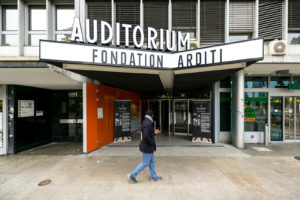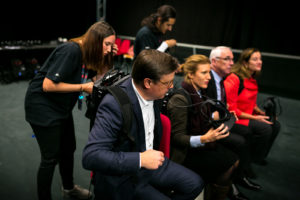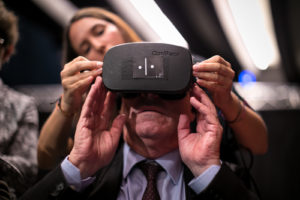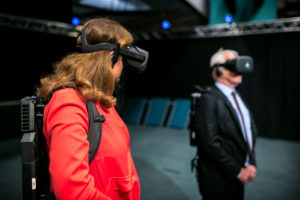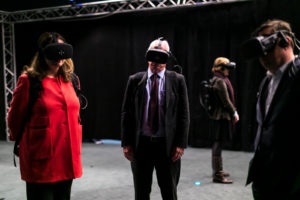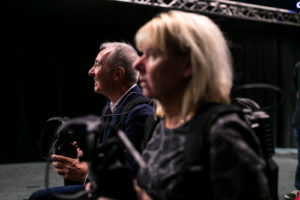The Enemy: a virtual helmet that reveals the human faces of fighters
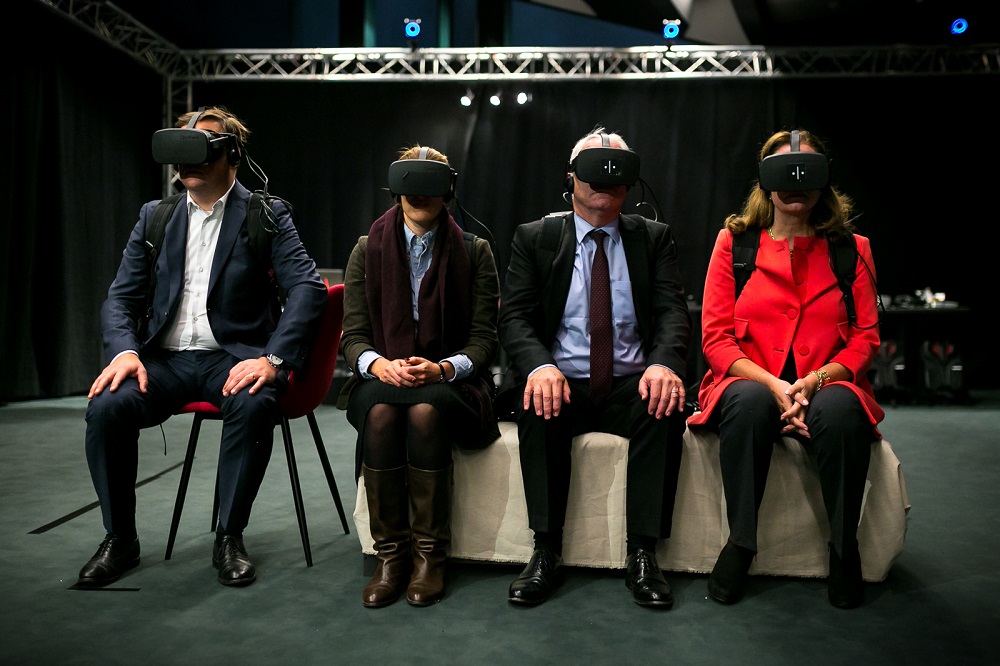
What makes one person an ally and another an adversary? The issue can be complicated, but if one thing is for certain, it is easier to hate someone that you do not know.
In the media, we are bombarded with images of war and unrest, yet paradoxically this flood of images seems to reveal less and less about the fighters’ motivations for turning to violence. Karim Ben Khelifa is a photojournalist with more than 20 years’ experience covering active conflicts. The goal of his virtual reality installation The Enemy is to address this trend – to look behind the photograph.
To achieve his objective, he creates an immersive experience. Once they slip on the VR headset, participants find themselves face-to-face with six fighters from three conflicts: the clashes in the Democratic Republic of the Congo (DRC), the gang war in El Salvador, and the situation in Israel/Palestine.
Over the course of 45 minutes, the combatants explain their complicated relationships with violence, their victims and their motivations – but also their hopes for the future and aspirations about peace. Slowly, the experiences that tipped them towards violence are revealed – sometimes ill-treatment, sometimes coercion, or bearing witness to a killing. The way they speak about their adversaries varies too: Salvadorans are rather clinical about the conflict, while the combatants from the Middle East prefer to use verbal detours than call their enemies by name.
Now touring the world following several years of development, The Enemy made its fourth stop last week in Geneva, thanks to the support of Interpeace and the Geneva International Film Festival (GIFF). The biggest challenge to the process was finding the right interlocutors in such difficult contexts, explains Hélène Adamo, the project leader. Each of the interviews took six months to develop, since the installation not only conveys the combatants’ comments but also their non-verbal attitudes.
- Photo credit: Antoine Tardy for Interpeace
The effort pays off. In their speech and gestures, the fighters are fully realised and provoke empathy and understanding in participants – even affection in some cases. Some however, including those from the DRC conflict, do not fully reassure, and some participants are hesitant to approach them.
In undertaking the project, Karim Ben Khelifa seeks to launch a new journalistic approach that pushes the curious to go deeper into understanding the nature of different conflicts and the people involved in them. Participants’ reactions seem to show that the initiative is a successful one: the conflicts are rendered more understandable and accessible – as human stories. The feedback received will go into an impact report due for release in 2019.
For Interpeace too, the tool has proved beneficial in bringing the organization’s work to the public and furthering its goal of educating people about peace. Among the hundreds who engaged with the fighters during Geneva Peace Week were a number of ambassadors to the United Nations, many of whom recognized the kinds of conditions the fighters described. Ireland’s ambassador Michael Gaffey, for instance, whose country participated in the peace negotiations in Northern Ireland, was struck by the “closeness” to the combatants that the installation manages to establish.
“We were totally out of Geneva”, he said of an experience that he – much like Interpeace’s President Scott Weber – expected to be “much more artificial”, with fewer controversies and accusations being thrown than expected by Finnish ambassador Terhi Hakala.
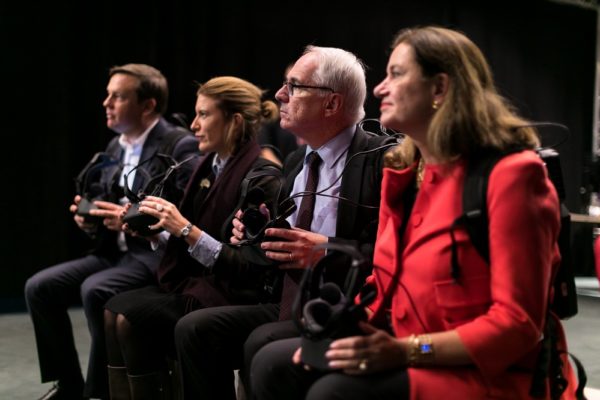
Photo credit: Antoine Tardy for Interpeace
An even greater impact however came in Israel, where one of the combatants was directly affected by the experience. The only one of the six to have observed the final result, “Gilad” at first responded by asking if his Palestinian counterpart had been killed or was still fighting, before going back to take part in an active engagement. The experience stuck: this Israeli soldier would later address the Palestinian “Abu Khaled” for the first time and admit to having thought of the experience several times amid clashes he was a part of.
The understanding of the person behind the mask of the enemy – and their motivations, fears and aspirations – are a vital step towards possible reconciliation, according to Interpeace. The Enemy shows that the combatants “are rather reasonable” insists Dutch ambassador Monique van Daalen. There are valuable lessons to learn from this approach, applied by peacebuilders around the world.
People can experience The Enemy beyond physically participating in the installation. A mobile app has been launched to make the combatants even more accessible – with one of the combatants “meeting” more than 8000 people through this medium. The app is available in dozens of countries, creating a kind of virtual community built on the re-humanisation of fighters in conflict. This kind of approach has huge potential in a hyper-connected world. Who knows, one day it could even help divided societies reach across battle-lines – and use their common humanity as a stepping stone to peace.
